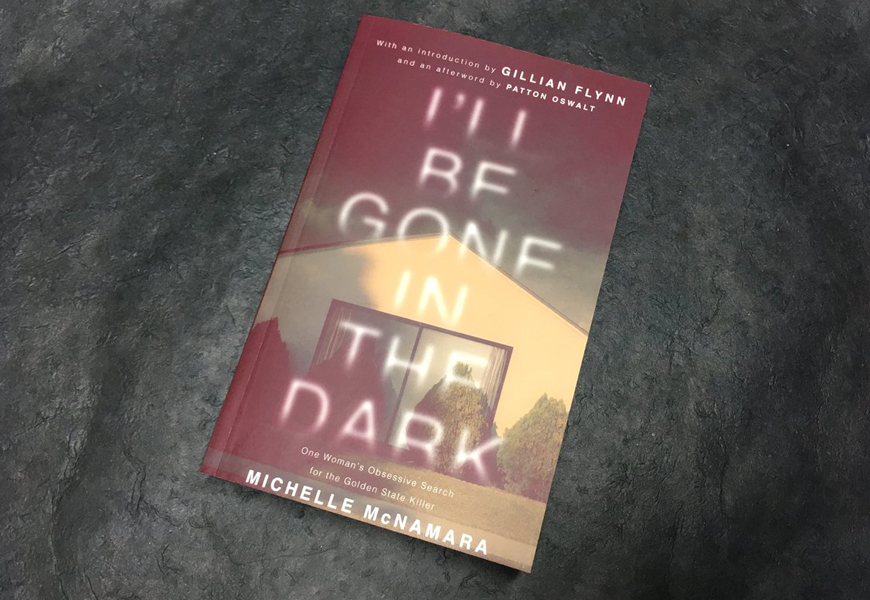Welcome to True Crime Tuesday where we review, recommend and generally obsess over everything crime-related.
For the true crime fan, there are plenty of documentaries and podcasts to choose from, but sometimes there’s a case that is so detailed and nuanced that you just need to know more. The East Area Rapist, aka the Golden State Killer, is like that for a lot of people. Not only are there over 50 known victims, but the person responsible is still on the loose. That makes it one of those cases where every detail has the potential to be the detail that cracks the case.
Michelle McNamara has been fascinated with crime ever since she was 14 and a woman was murdered on her street. Her interest isn’t just a passing, reads the occasional newspaper story and the Wikipedia page thing either—she actually pounds the pavement searching for details that aren’t public knowledge. She talks to witnesses, loses hours on research, and takes meticulous notes until she knows everything about a case there is to know—except, of course, who did it.
McNamara’s book I’ll Be Gone in the Dark follows not only the East Area Rapist case from the 70s to his last known attack in the mid 80s, but also her pursuit of the truth and how it has fit into and shaped her life. She spent 6 years hunting down clues, talking to witnesses, and analyzing police reports on the EAR case while also building a successful career as a journalist.
In 2006, McNamara started a website called True Crime Diary, where she shared her research and insights into unsolved cases. She believed in making details public on the off chance that they might turn into a real lead, and to a larger degree, that’s what she hoped her obsession with the EAR case could do. She still had hope that the EAR could be caught, that the case was solvable. Starting as an article for Los Angeles Magazine called “In the Footsteps of a Killer” McNamara research into the case was so well-received that she was approached to write a book on the topic.
Tragically, McNamara, who was married to comedian Patton Oswalt, passed away unexpectedly in her sleep at the age of 46. The book, which was to be published in an era when true crime was no longer stuck in a tiny section of worn out paperbacks mostly written by Ann Rule, was finished by her research assistant and husband using her extensive notes.
Many true crime books have a methodical, just-the-facts approach that reads like a newspaper article with a strict word count. McNamara’s I’ll Be Gone in the Dark is just as much about her interest in true crime as it is about the EAR case specifically. She writes about her own life and what lead her to become a crime journalist and she truly believes she—and a lot of other arm chair-esque detectives out there—have the ability to help solve crimes.
With a forward by Gillian Flynn that speaks to McNamara’s talent as a writer and an afterword by her late husband that adds another angle to who she was as a person, I’ll Be Gone in the Dark is about a lot more than the East Area Rapist and his victims. It also sheds a little light on how true crime has become the phenomenon it has and shows us that it might actually be possible to make a difference. After all, many cold cases are solved because someone who knew something finally came forward.
The EAR investigation is ongoing, so there is still hope that he could be identified one day. If he is caught, while Michelle McNamara won’t be around to see it, there’s no doubt that all the work she put into this book, including the connections she made and new evidence she uncovered, will play a huge role in the resolution of one of the most infamous cold cases in California history.












